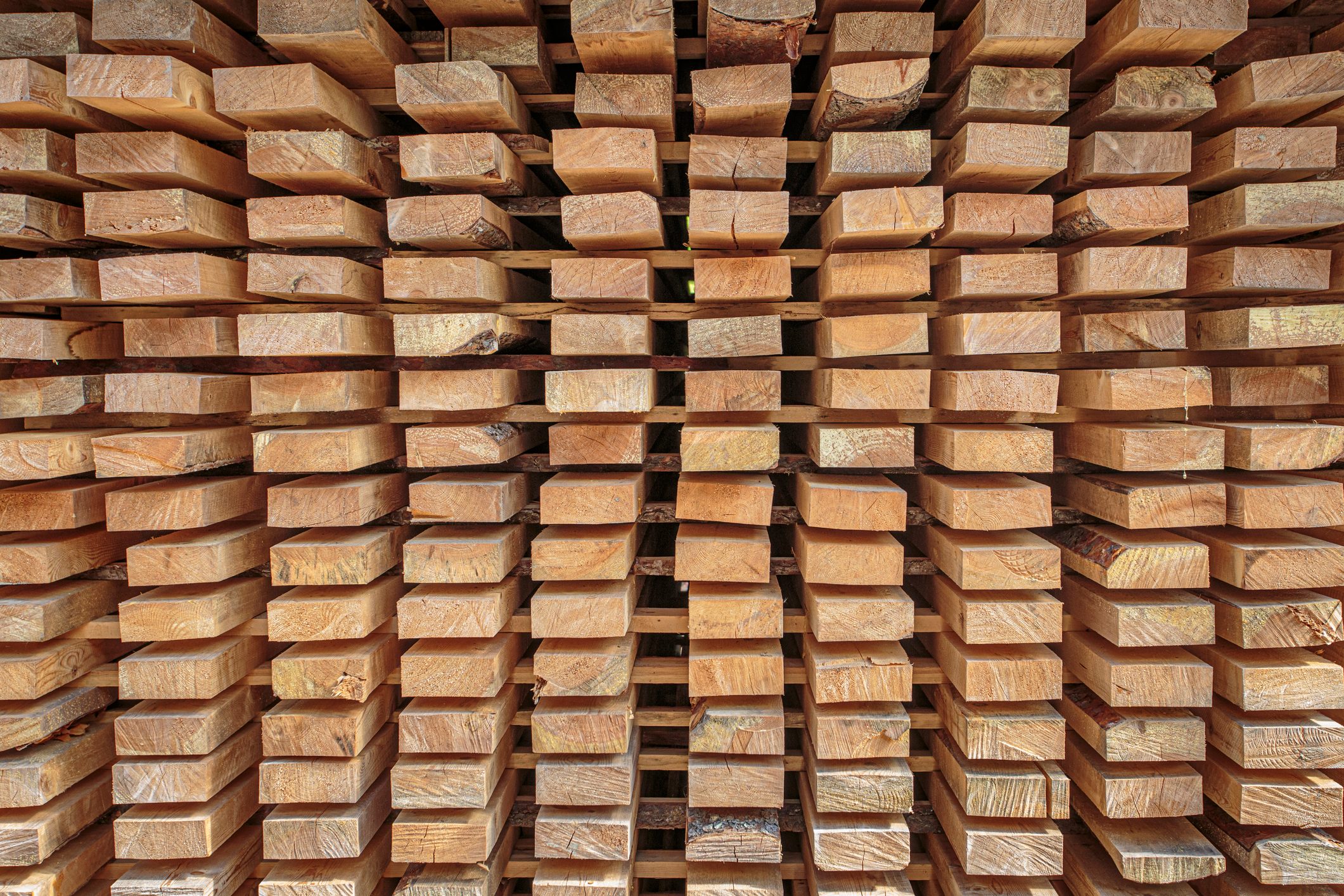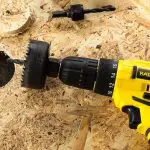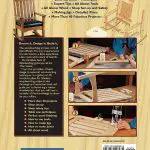Wood for woodworking needs to have a moisture content of 6% to 8% for interior use and 9% to 14% for exterior or building envelope components. The drying time for wood varies depending on the thickness, with a 1-inch red oak board taking two to three months to air-dry, a 2-inch board taking six to eight months, and thicker lumber potentially taking years.
Achieving the ideal moisture level is crucial to prevent warping, twisting, and other issues in finished wood products. The acceptable moisture content in wood depends on its intended use.
Wood Moisture Content For Woodworking
Wood moisture content is an important factor to consider in woodworking projects. The moisture content of wood refers to the amount of water present in the wood fibers. It is crucial to understand this because wood that is too wet or too dry can cause problems in the final product.
When wood is too wet, it can shrink, warp, or crack as it dries further. On the other hand, if wood is too dry, it can become brittle and difficult to work with. The ideal moisture content for woodworking projects is typically around 6-8%.
This ensures that the wood is stable and will not undergo any significant changes in size or shape. To determine the moisture content of wood, you can use a moisture meter or rely on visual indicators such as checking for cracks or feeling the weight of the wood.
Properly drying wood before using it in woodworking projects is essential to ensure the quality and longevity of the final product.

Credit: www.familyhandyman.com
Ideal Moisture Content For Common Woodworking Projects
Wood needs to be dry enough for woodworking to ensure stability and prevent issues like warping or cracking. The ideal moisture content for common woodworking projects varies depending on the type of project. For furniture making, a recommended moisture content is around 6% to 8%.
Turning projects, such as bowls or spindle work, require a slightly higher moisture content of around 10% to 12% to prevent excessive drying and cracking during the turning process. Cabinetry and joinery typically require wood with a moisture content between 8% and 10% to ensure stability and minimize the risk of wood movement.
It’s important to note that these are general guidelines, and the specific moisture content may vary depending on factors such as the wood species, climate, and intended use of the woodworking project.
Methods To Dry Wood For Woodworking
Air drying wood is a common method used in woodworking. It involves stacking the wood in a well-ventilated area and allowing it to dry naturally over time. The wood should be arranged in a way that allows air to circulate around each piece, ensuring even drying.
This method typically takes longer compared to other drying methods, with the drying time depending on factors such as the type of wood and thickness. Kiln drying is another popular method, which involves using a controlled environment to speed up the drying process.
This method can be more efficient and allows for precise moisture content control. Other methods include using a dehumidifier or a microwave to dry the wood. Each method has its advantages and considerations, so it’s essential to choose the most suitable option based on your woodworking needs.
Testing Wood Moisture Content
Determining the moisture content of wood is crucial in woodworking to ensure optimal results. Moisture meters are commonly used to test the moisture content of wood. These devices measure the amount of water in the wood, indicating how dry or wet it is.
Visual and tactile methods can also be employed to assess moisture content. These methods involve inspecting the wood for visual signs of moisture, such as discoloration or mold, and feeling the wood’s texture to determine if it feels damp or dry.
It’s important to note that different woodworking projects may require different levels of wood moisture content. For example, furniture making typically requires wood with a lower moisture content compared to outdoor construction. Taking the time to accurately test and assess wood moisture content before starting a woodworking project will lead to better quality and longer-lasting results.
Importance Of Properly Dried Wood In Woodworking
Properly dried wood is essential for woodworking projects as it ensures stability and strength. When wood is not adequately dried, it is prone to warping, shrinking, and cracking over time. This can compromise the integrity of the project and lead to unsatisfactory results.
Properly dried wood also plays a critical role in the finishing process. Moisture in wood can affect how finishes adhere and dry, leading to inconsistencies and potential damage. By ensuring the wood is dry enough before starting a project, woodworkers can minimize the risk of these issues and achieve the best possible results.
Remember, different types and thicknesses of wood require varying drying times, ranging from months to even years, so patience is key in achieving properly dried wood for woodworking projects.
Frequently Asked Questions On How Dry Does Wood Need To Be For Woodworking?
How Do You Know If Wood Is Dry Enough To Work With?
You can determine if wood is dry enough to work with by checking its moisture content. The ideal moisture level for woodworking is between 6% and 8% for interior wood and 9% to 14% for exterior wood. It may take several months to years for wood to dry fully, depending on its thickness.
How Long Does Wood Need To Dry Before Woodworking?
Wood needs to dry before woodworking until it reaches a moisture content in equilibrium with the surrounding air and humidity. The drying time can vary depending on the thickness of the wood, with a 1-inch red oak board taking two to three months to air-dry, a 2-inch board taking six to eight months, and thicker lumber potentially taking years.
The ideal moisture level for woodworking is between 6% to 8% for interior use and 9% to 14% for exterior or building envelope components.
What Is The Ideal Moisture Level For Woodworking?
The ideal moisture level for woodworking is 6% to 8% for interior wood and 9% to 14% for exterior wood.
Conclusion
To ensure successful woodworking projects, it is crucial to understand how dry wood needs to be. The moisture content of wood greatly affects its stability and strength. While there is no one-size-fits-all answer, there are general guidelines to follow. Ideally, wood for woodworking should have a moisture content of around 6% to 8% for interior projects and 9% to 14% for exterior use or building envelope components within constructed assemblies.
Achieving the ideal moisture level involves proper drying techniques. Depending on the thickness and type of wood, the air-drying process can take anywhere from a few months to several years. It is essential to be patient and allow the wood to reach equilibrium with the surrounding ambient air and humidity.
By understanding the importance of moisture content and implementing appropriate drying methods, woodworkers can ensure the long-term durability and quality of their projects. Taking the time to properly dry wood will enhance its workability and minimize problems such as warping, splitting, and shrinking.
Remember, a little extra time and effort in drying the wood will go a long way in creating beautifully crafted and long-lasting woodworking projects.



















